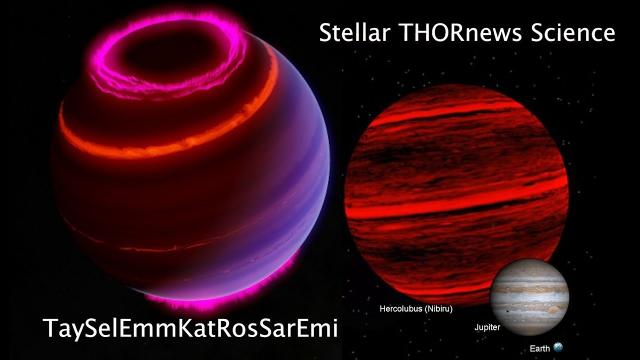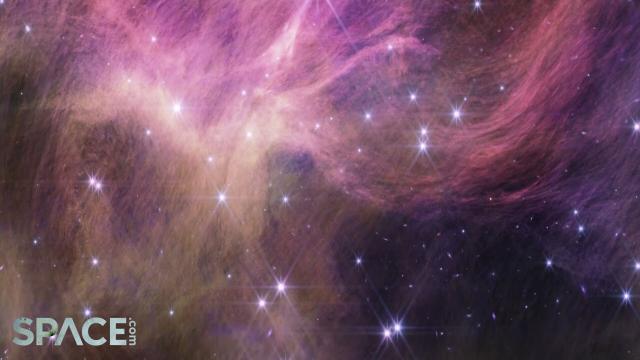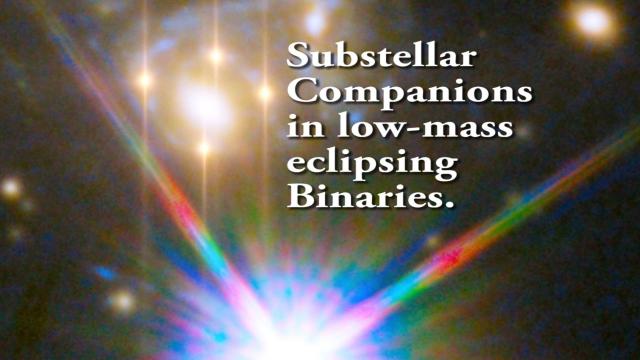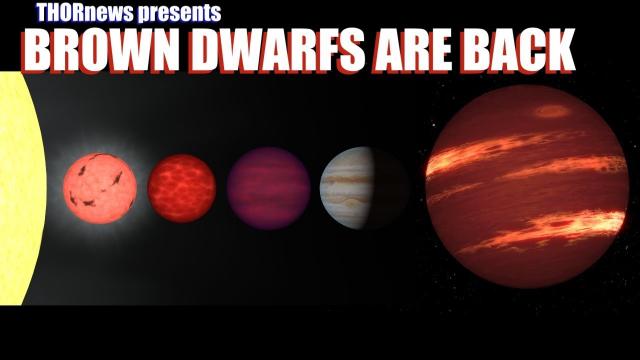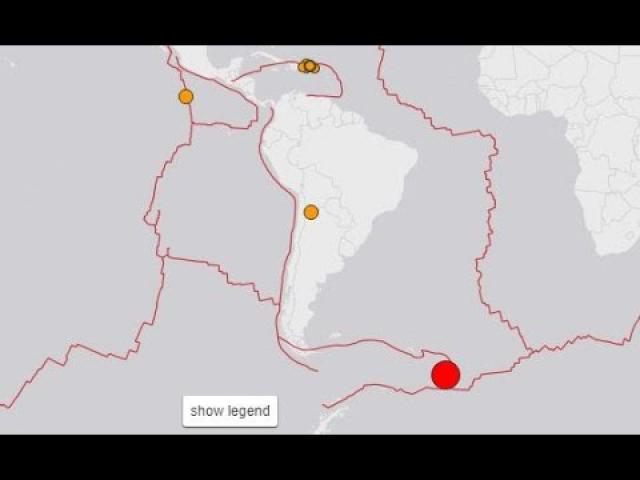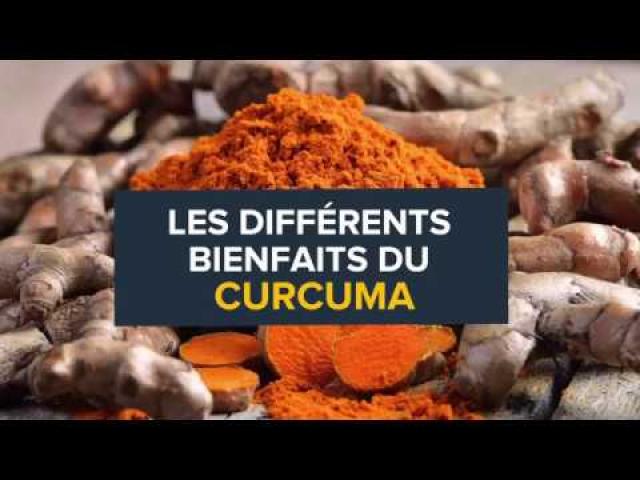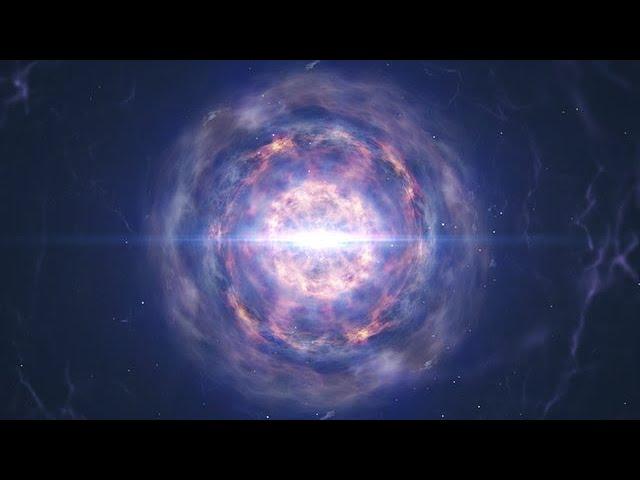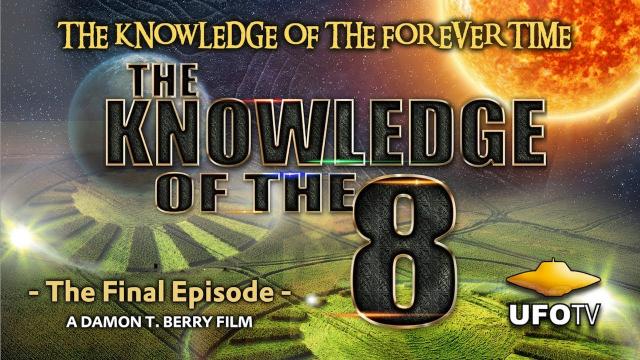2 Rogue Brown Dwarfs found & SCIENTISTS HAVE NO IDEA HOW FAR THEY ARE FROM US
Description
this story totally caught me off guard. like WTF?
God bless everyone,
T
https://www.paypal.me/THORnews
the article
Two More Mysterious Rogue Planets Found
With no stars to illuminate them, rogues are mostly great big unknowns to scientists.
Rogue planets wander through space without orbiting a star, and now scientists have found two more of these free-floating worlds.
For centuries, the very existence of rogue planets was hypothetical. Because they're not close to a star that lights them up, they're tremendously difficult to spot. Then a technique known as gravitational microlensing came around.
Using gravitational microlensing, scientists find planets by noting when a rogue planet interrupts a star's light from our point of view. The planet suddenly acts as a lens for the star's light, curving it as it would be seen from Earth. The bigger the planet, the bigger the interruption.
It's not the most efficient system. Some astronomers (like Neil DeGrasse Tyson) estimate there are billions of rogue planets within the Milky Way. But while humanity has proven great at finding exoplanets attached to stars, scientists have only identified a dozen or so rogues. That's what makes adding two more to the pile such a big deal.
The planets are officially called OGLE-2017-BLG-0560 and OGLE-2012-BLG-1323, respectively, and there's a lot we don't know about them. Their names stem from how they were discovered, at the Optical Gravitational Lensing Experiment at the Las Campanas Observatory in Chile. The first one could be anywhere from the size of Jupiter to the size of 20 Jupiters, while the latter is between the size of Earth and Neptune. Nothing is known about how far they are from the solar system.
Scientists are hoping that the Transiting Exoplanet Survey Satellite, launched April 16, will give exoplanet and rogue planet hunters a new advantage in learning more about the mysterious bodies that apparently surround the solar system.


